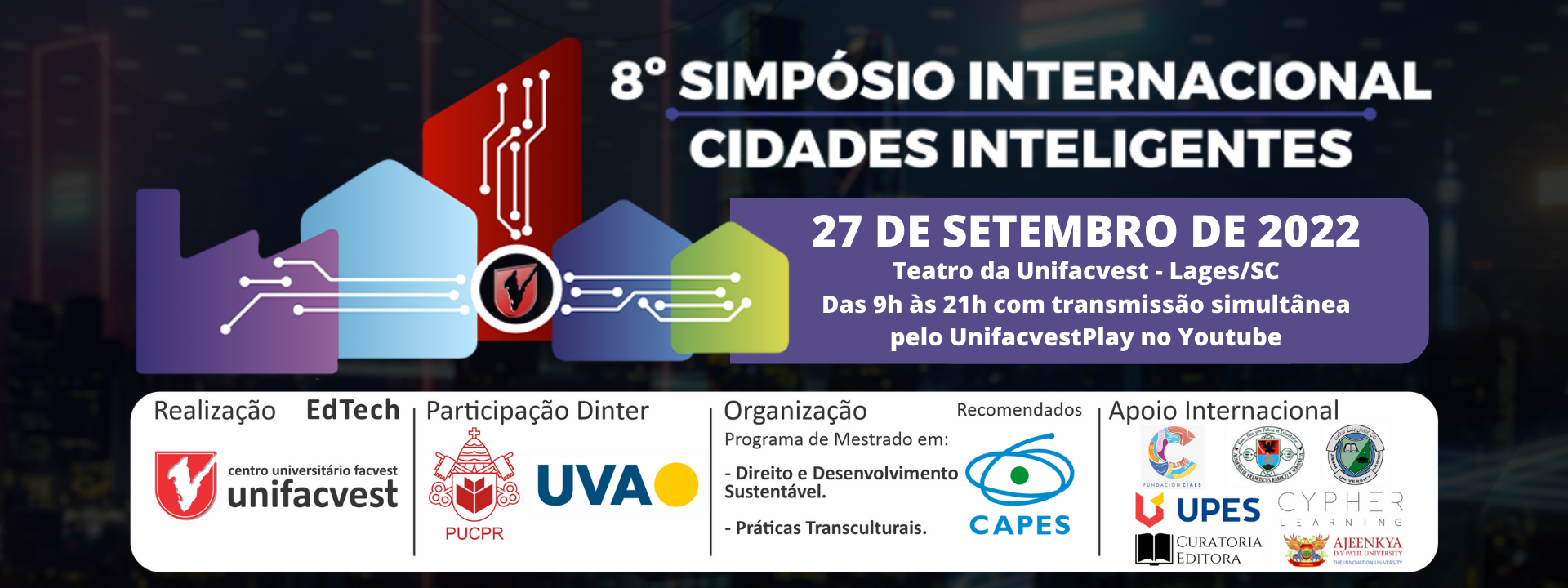|
|
|
RADIOLOGIA INTERVENCIONISTA NO ATENDIMENTO DO PACIENTE POLITRAUMATIZADO
|
|
SCHEMES, Bruna Duarte, Graduanda em Tecnólogo em Radiologia, Acadêmica , , , , , , , , |
|
RESUMO |
|
O presente estudo versa sobre Radiologia Intervencionista por meio de técnicas minimamente invasivas pode ser útil para politraumatizados estáveis com lesões vasculares ou de órgãos sólidos. Nas lesões vasculares abdominais e órgãos maciços, angioplastia com ou sem stent pode ser utilizada nas lesões intimais e transmurais, e embolização nos sangramentos ativos. Este é um procedimentos “minimamente invasivos” em Radiologia Intervencionista vêm sendo utilizados de forma isolada ou associada para reduzir complicações de cirurgias abertas. Uma gama de procedimentos está disponível para o tratamento de lesões vasculares e não-vasculares, após biópsias e decorrentes de outros procedimentos médicos. Os principais tipos de intervenções endovasculares aplicáveis aos casos de trauma incluem basicamente a embolização e angioplastia com o uso de “stents” revestidos . O termo “embolização” significa oclusão vascular mediante introdução intraluminal de corpos estranhos ou tecidos com o intuito de interromper o fluxo sanguíneo mecanicamente, induzir trombose e produzir reação inflamatória, fazer um diagnóstico rápido e preciso sem mover o paciente é fundamental na sala de emergência. Arcos em C móveis são projetados para executar vários procedimentos de maneira rápida e fácil. Basta apontar e disparar. Totalmente equilibrados para um posicionamento suave e flexível. Eles se adaptam automaticamente a diferentes anatomias para promover a imagem correta logo na primeira vez. O aparecimento de novas tecnologias que permitem a realizando diagnóstico e tratamento no mesmo espaço, e melhorando de materiais de embolização com a chegada dos stents revestidos com pequeno diâmetro, o que permite tratar rupturas arteriais preservar ao máximo as artérias saudáveis, nos permite ser otimistas na luta contra lesões traumáticas graves. |
| Palavras Chave: Stent, Vasculares |
|
INTERVENTIONAL RADIOLOGY IN THE CARE OF THE POLYTRAUMATIZED PATIENT
|
|
SCHEMES, Bruna Duarte, Undergraduate Student in Radiology Technologist, Student , , , , , , , , |
|
ABSTRACT |
|
This present study shows on Interventional Radiology using minimally invasive techniques can be useful for stable polytrauma patients with vascular or solid organ injuries. In abdominal vascular abdominal and massive organs, angioplasty with or without stenting can be used in intimal and transmural injuries, and embolization in active bleeding. These "minimally invasive" procedures in Interventional Radiology have been used alone or in combination to reduce complications from open surgery. A range of procedures is available for the treatment of vascular and non-vascular injuries, after biopsies, and from other medical procedures. The main types of endovascular interventions applicable to trauma cases basically include embolization and angioplasty with the use of coated stents. The term "embolization" means vascular occlusion by introducing intraluminal foreign bodies or tissues in order to mechanically interrupt blood flow, induce thrombosis, and produce an inflammatory reaction. Mobile C-arms are designed to perform various procedures quickly and easily. Just point and shoot. Fully balanced for smooth and flexible positioning. They automatically adapt to different anatomies to provide the right image the first time. The emergence of new technologies that allow diagnosis and treatment to be performed in the same space, and improvements in embolization materials with the arrival of small diameter coated stents, which allow arterial ruptures to be treated and healthy arteries to be preserved to the greatest extent possible, allow us to be optimistic in the fight against serious traumatic injuries. |
| Key Words: Stent, Vasculares |
|
|
|
Resumo ID 1017, enviado por: BRUNA DUARTE SCHEMES, Da instituição: Centro Universitario Unifacvest. |
